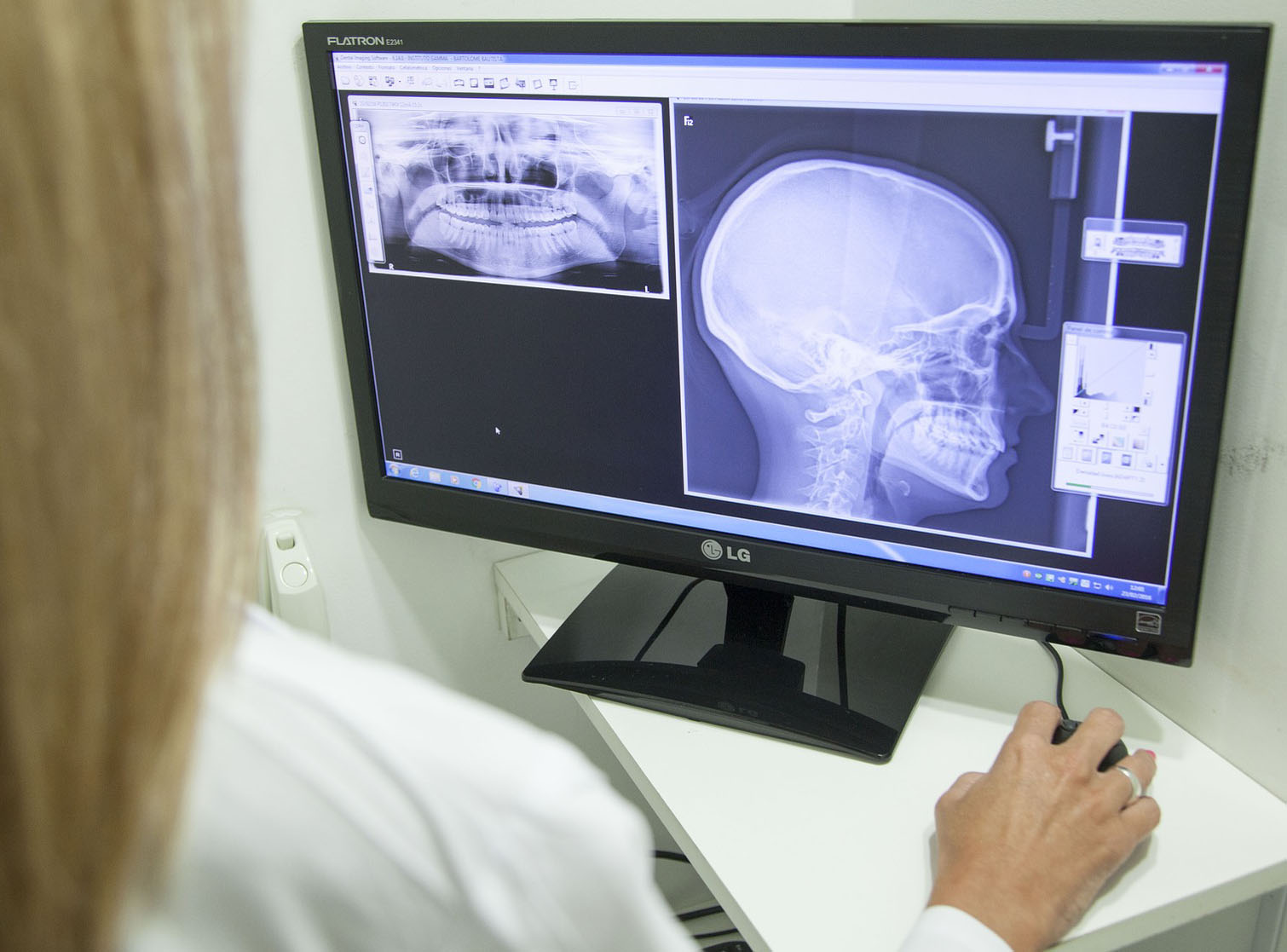 Perth research might soon make it possible to take x-rays using a standard digital camera.
Perth research might soon make it possible to take x-rays using a standard digital camera.
A Curtin University scientist is working with an international team to develop a new technology that will focus on developing x-ray detectors from metal halide perovskite materials — a type of cheaper semiconductor compound that serves as a visualisation tool for x-ray radiography.
It is one of eight projects that have secured funding from the Hebrew University of Jerusalem (HUJI) and Zelman Cowen Academic Initiatives (ZCAI) Australia.
Associate Professor Guohua Jia, from Curtin’s School of Molecular and Life Sciences, said x-ray detectors based on metal halide perovskites were highly sensitive, enabling a very low detection limit, meaning they could lower medical expenses and reduce the risk of radiation to patients.
Flash future
“X-ray detection is widely used in medical diagnoses and in the non-destructive inspection of luggage and industrial products at airports and other custom entry points,” Dr Jia said.
“This modern x-ray imaging uses scintillator materials such as caesium iodide and gadolinium oxysulfide as photodetectors to convert the high-energy X-rays into visible light.”
He conceded these materials were made of very expensive crystals grown at high temperatures, and they usually showed low radioluminescence conversion efficiency.
But Dr Jia said the team would investigate the use of a cheaper metal halide perovskite material made in solution at low temperatures, which was highly sensitive to x-ray irradiation, to fabricate x-ray detectors.
Let there be light
“Based on these materials, we believe we should be able to detect small doses of x-ray photons, converting them into visible light,” Dr Jia said.
“The associated image could then be recorded using a low-cost, widely accessible digital camera.”
Associate Professor Zongyou Yin from Australian National University and Dr Ido Hadar from the Hebrew University of Jerusalem will work with Dr Jia on the project.
The project has been funded for two years, with $150,000 for each of the Australian and HUJI groups.

